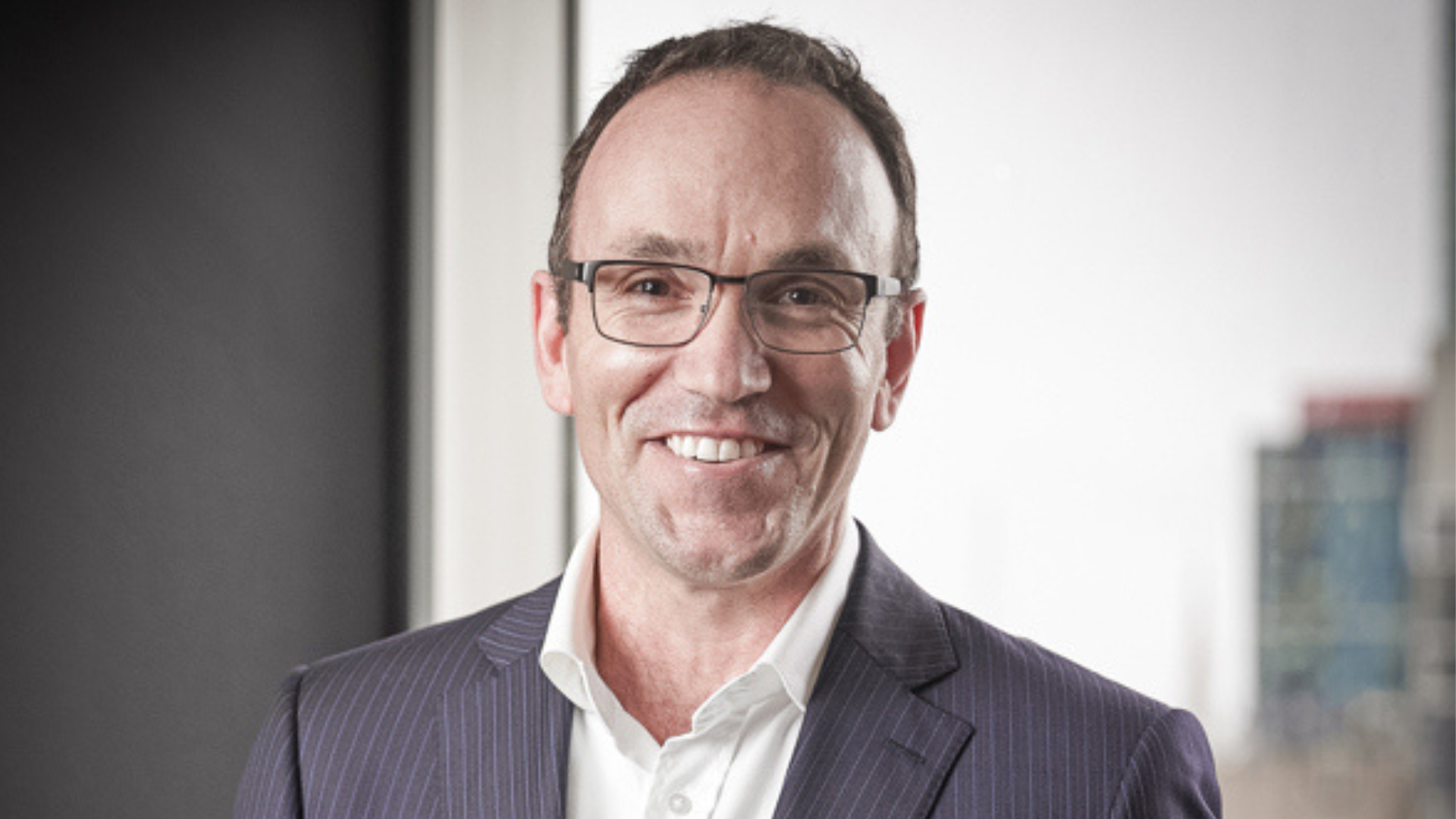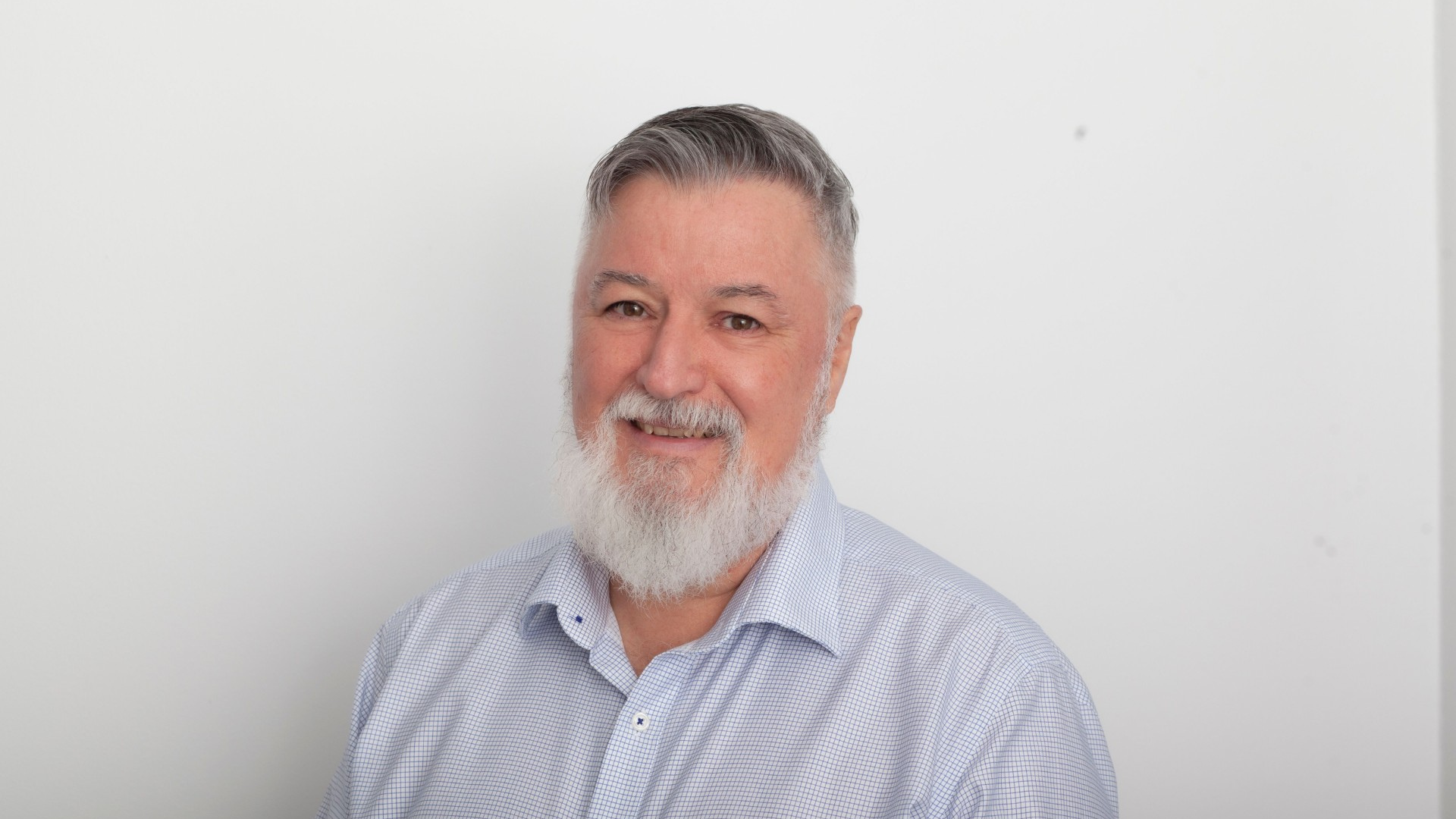After the bear, there’s the quick and the dead
“The largest risk we see is whether there’s going to be a significant regime change in terms of what has worked for the last ten years and what will work in the next ten with interest rates no longer at zero,” says Travis Prentice (photo at top), CIO of EAM, which manages money on behalf of super funds and US pensions. “What is going to lead out of this?”
“It might be something very different. That’s why having a momentum-based approach and being diversified across different styles is probably the best thing to think about. There’s always opportunities because we’re flexible – we don’t care where that new leadership comes from, as long as there’s new leadership.”
EAM’s process centres on “informed momentum” – taking quintessential momentum investing, which is mostly concerned with what has done well in the recent past, and adding rationale and risk management. Momentum is one of the best performing factor premia in global equity markets, but against “naïve” momentum that only cares about price performance, EAM found that the best part of the bucket was “companies that actually have a reason for doing well.”
“We ascertain that through targeted company analysis and when we understand why a company has momentum it eliminates false positives that may come through a naïve momentum approach – a meme stock, for example, where it’s very hard to develop a rationale,” Prentice says.
“We started with what works. Academic research says that momentum works and so does our own experience. Then it’s about how we do this in a sustainable fashion. Momentum does go through its crashes, if you will – those short, sharp periods of underperformance. The biggest risk is staying too long in a company because expectations always increase and expectations are always changing.”
While momentum and growth are synonymous in some circles – and the two strategies do have long-term positive excess return correlation – EAM’s modelling found that momentum outperforms growth “dramatically”, which flows from momentum’s ability to adapt through time due to its style-agnostic approach; or, as Prentice says, “Growth goes where the growth is. Momentum goes where the performance is.”
“Momentum is growth with discipline. It does tend to load on growth when growth is winning. So the strongest benefit of having momentum in your portfolio is that it is only concerned with what is working. And by the same token what is not working. That helps you avoid some of the biggest pitfalls. We’re happy to load on any companies, whether it be quality, value, growth – as long as it has momentum and is performing.”
“If you look at the return premium to growth it’s not a premium that pays over the long-term. I’m talking about companies that have grown quickly in the past or are projected to grow quickly into the future. Because generally speaking those companies are priced at a higher multiple relative to their fundamentals. So in reality what you’re investing in is high expectations, which go through cycles. Momentum is a much different discipline – all it cares about is what’s performing.”
And 2022 has been an annus horibbilis for pure growth managers, who have been caught seemingly off-guard by the pace of interest rate rises and now find themselves in a world where hotted-up tech companies no longer have access to rivers of almost free money. Their performance has correspondingly suffered.
“Generally it comes down to a lack of flexibility and adaptability in the process,” Prentice says. “They do one thing and they ride it and it works but the market is cyclical and whatever works doesn’t always last… One thing that’s great about momentum is it does afford you that adaptability. It’s been correlated with growth because growth has worked, but just as we’ve seen a shift towards value so has momentum followed. That’s allowed us to pivot in that direction as well.”











